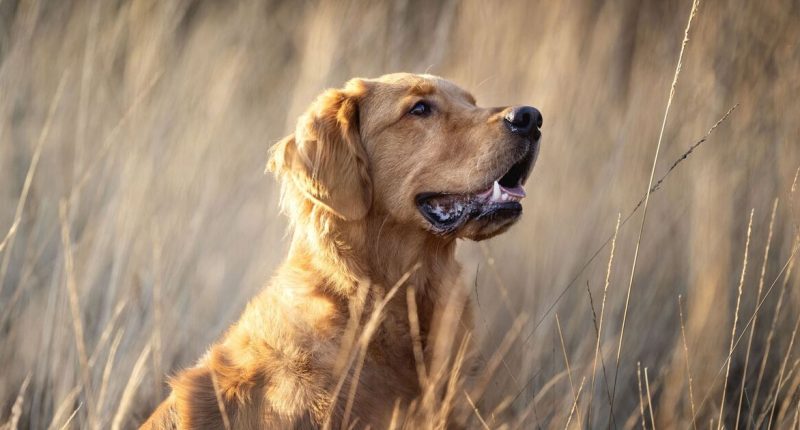Share this @internewscast.com
A vet has shared the signs and symptoms pet owners need to be on the look out for this summer.
As the weather heats up, many pets may struggle with heatstroke – and owners need to be quick to act if they see the signs. Dr Suzanne Moyes, in-house vet at animal experts Burgess Pet Care shares her advice on the signs and symptoms of heatstroke in your pet as the weather heats up.
She said: “Heat stress in pets can happen at temperatures over 25 degrees. And, at 30 degrees or more, the risk of heatstroke increases significantly.
“If your pet shows symptoms such as faster panting, excessive drooling, darkened gums, agitation, staggering, vomiting or diarrhoea, seek advice from a vet immediately.”
The pet expert also shared which animals may be more at risk of developing heatstroke and why. She added: “Old, young and overweight pets, and those with thick heavy coats, are more at risk of developing heatstroke.
“Dogs with very short flat faces, such as pugs and bulldog types, and those with certain diseases or on some types of medication, are also more at risk.”
Other, smaller animals are at higher risk during the warm weather too. Dr Moyes said: “Small animals – such as rabbits, guinea pigs and hamsters – are extremely sensitive to high temperatures, especially if they live in outdoor enclosures or conservatories.
“Unlike dogs or cats, they can’t sweat or pant effectively to help regulate their body temperature and therefore need more support from their owner in helping them stay cool.
“If you spot the signs of overheating, take action to cool your pet immediately and consult your vet.”
How to look after your pet if they have heatstroke
Check where their bed is set up
Dr Moyes said: “It’s advisable to never keep your pets bedding and accommodation in a conservatory, especially in warmer months.
“Conservatories typically have poor air circulation, experience high temperatures and have a lack of cool, shady spots, making the risks of heatstroke more common if pets are kept here.
“For indoor pets, such as cats and dogs, make sure they are set up in a room that stays cool – ideally on a lower floor in the house, to avoid heat rising. Keep curtains and blinds closed during the day to block the heat out.
“Keep a window open to ensure the room has good airflow or alternatively, place a fan nearby to help circulate the air. Just make sure this isn’t blowing directly onto your pet.
“For outdoor pets such as rabbits, hamsters and guinea pigs, avoid placing their outdoor enclosures in direct sunlight, garages, sheds or near sunny windowsills.”
Add water rich snacks to their diet
She added: “It’s important to make simple adjustments to your pets routine in hot weather to help keep their body temperature regulated.
“Avoid over-handling animals during the hottest parts of the day, especially for older animals. To help keep them cool, consider adding water-rich vegetables such as cucumber to their diet, to help boost their hydration levels.
“Ice cubes can be added to water bowls and consider lining a toy with meat or fish paste before putting it in the freezer to create a cooling snack for your dog to lick.
“It’s important to consider that any dietary changes should be made gradually to avoid digestive upsets.”
Use wet towels to create a cooling effect
The vet added: “If your dog is suffering from heatstroke, you urgently need to lower their body temperature gradually. To do this, move them to a shaded area and place wet towels near them to lower their temperature.
“For hot cats, rabbits and guinea pigs, try gently stroking their fur with a cool, damp flannel, as this is the part of their body that they lose heat from. As the water evaporates, it will provide a cooling effect.
“Just remember to never place any animal in water or place ice on them as this can cause them to go into shock.”
Stay on top of grooming
She said: “Stay on top of grooming and brush long-haired cats, dogs, rabbits and guinea pigs daily in the summer months as their thick fur can trap the heat.
“If a prolonged heatwave has set in, consider giving them a summer trim to keep them cool.”
Swap bedding for lighter materials
She added:”Prepare your pets bedding for warmer temperatures by removing thick blankets.
“For pets in hutches, place frozen water bottles inside for them to lie against. Always make sure they have access to fresh, cool drinking water and refill this regularly on hot days.
“You may want to consider swapping bedding hay for lighter materials in hot periods, such as shredded paper, to help keep them cooler.”

















